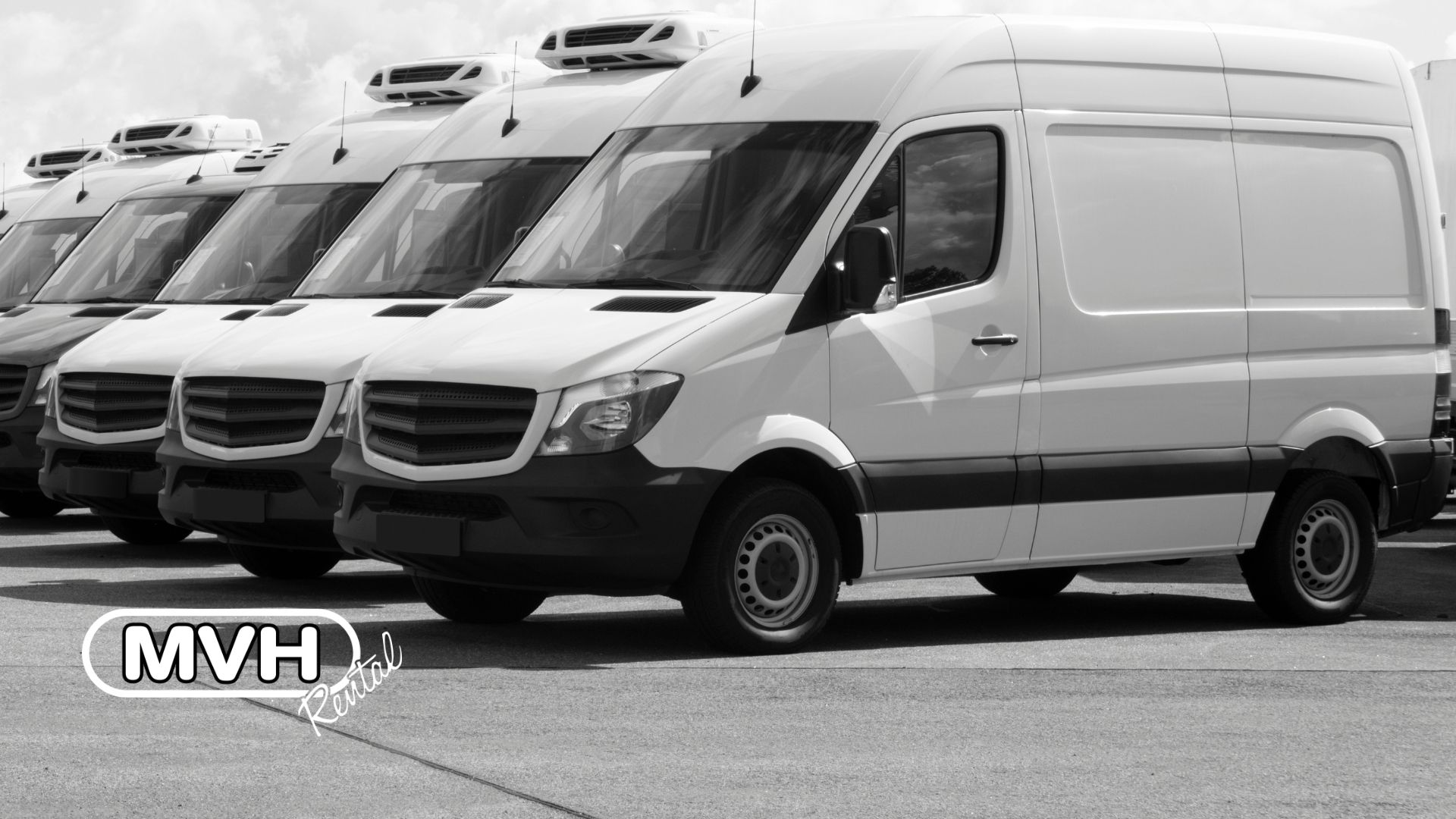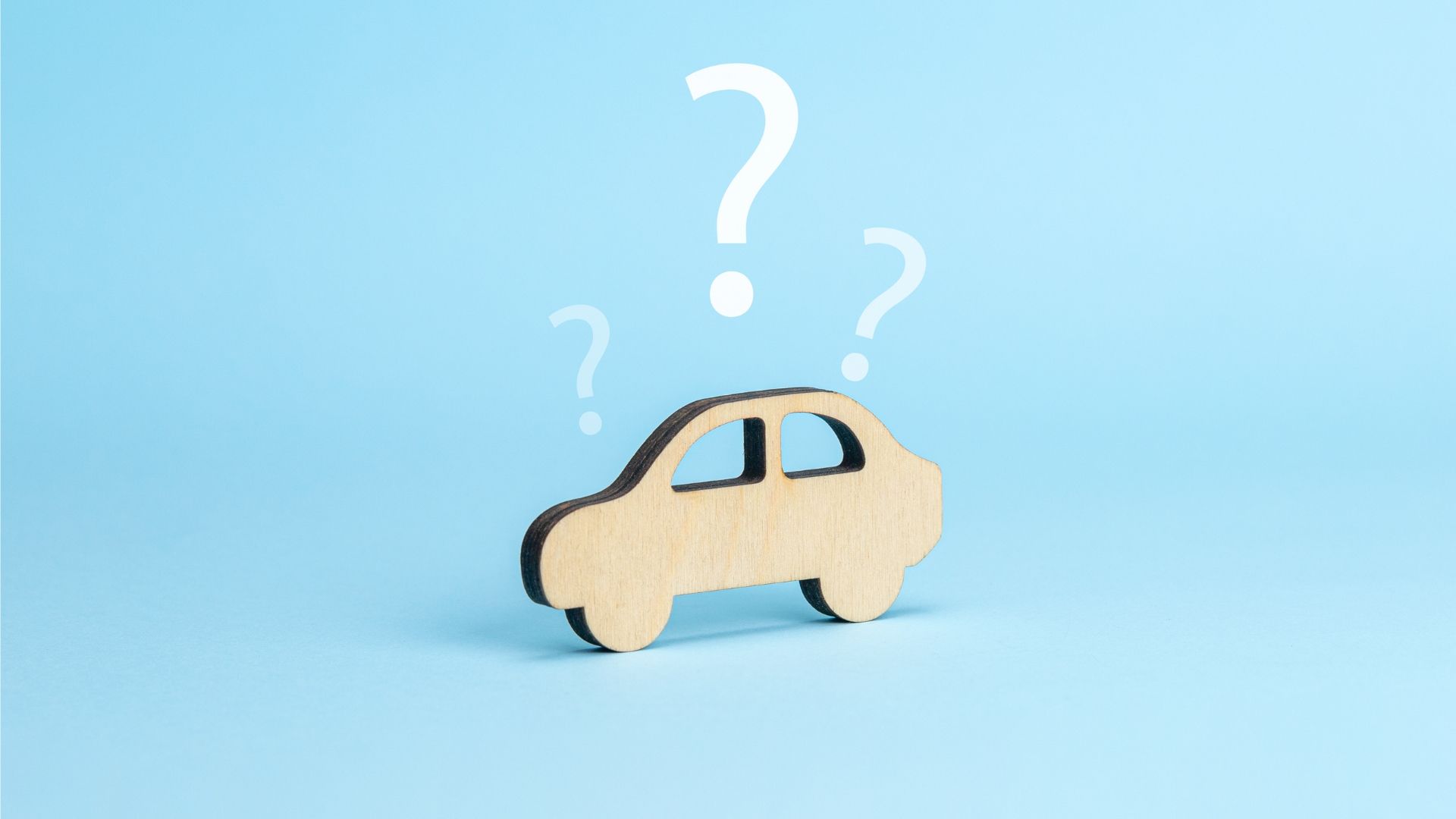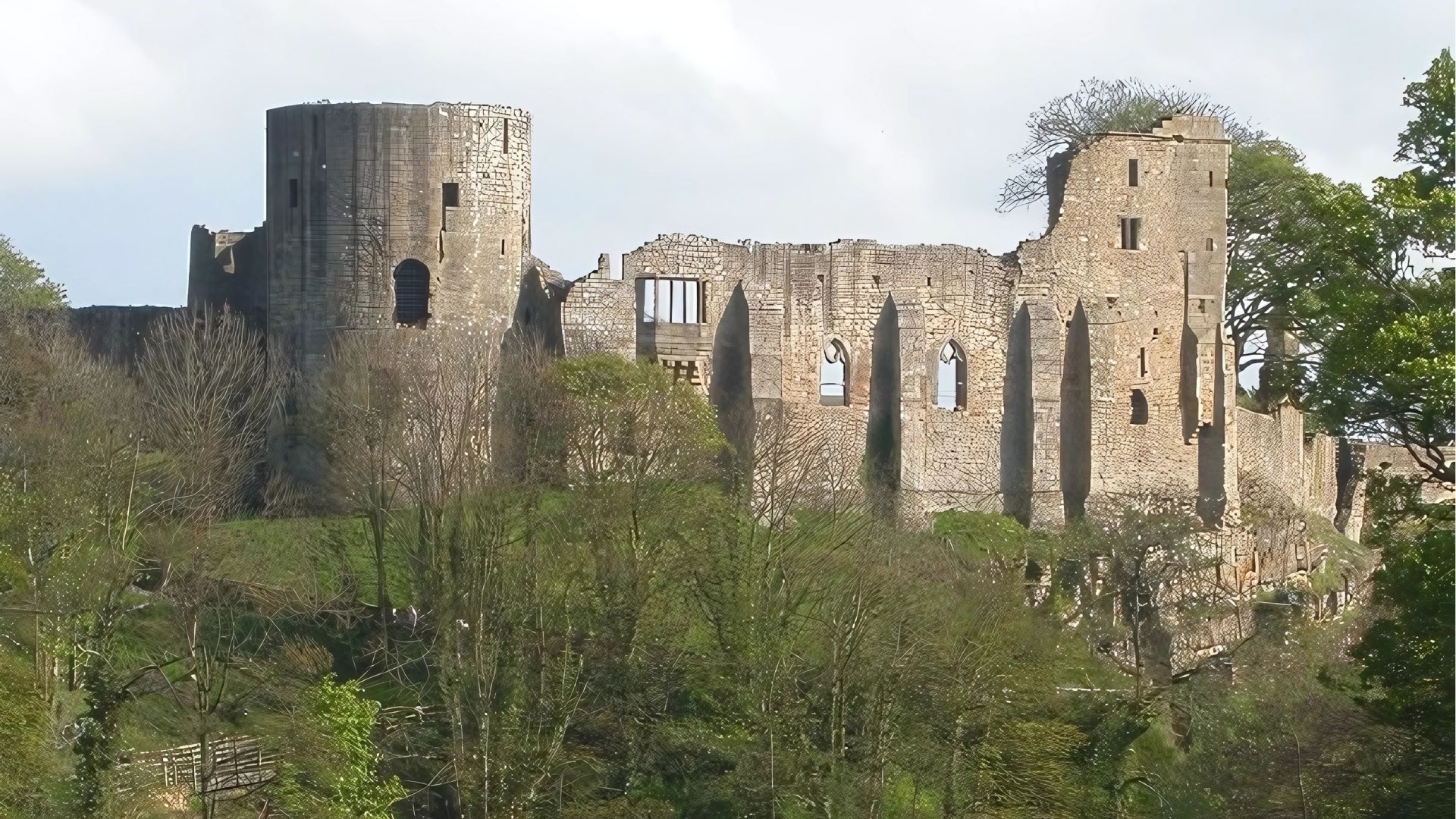The secrets of Luton vans revealed
Need to choose between a regular transit van and a box-shaped Luton van? Learn everything you need to know about what makes Lutons so special.

When the time comes to upscale, downsize or run away to the circus, we don't always have oodles of time to prepare. Sometimes, even the most organised folk have to plump for a vehicle hire option double-quick.
One of the most important decisions you'll make is whether to choose a standard short, medium or long wheel-base van or opt for their boxier cousin: the Luton.
A Luton van's body extends over the top of the driver's cabin to provide extra storage or sleeping space overhead. The extra compartment is also called the Luton, or Luton box.
The truck's wide body makes it easier to load large items like wardrobes or pianos, so it's the vehicle of choice for removal companies. Nowadays, Luton vans often come with a hydraulic lift at the back, too.
In the beginning
As you might imagine, the Luton van was born in (wait for it…) Luton!
It was created in the early 1930s by Bedford Vehicles, a company whose stock and trade was building commercial vehicles like lorries, vans, buses and ambulances. The company urgently needed to solve the challenge of transporting straw commercially, as Bedfordshire was a hot spot for the straw hat industry in those days – they literally couldn't shift 'em fast enough!
Bedford Vehicles hit upon the clever idea of an overhead storage compartment and wide, square body as a way to maximise "strawage" space. So the original Lutons were all two-ton vehicles, tailored to drivers who wanted to move large volumes of lightweight materials.
Bedford Vehicles' owner, American car giant General Motors, quickly spotted the commercial potential. And so Lutons were equipped and marketed for diverse commercial purposes, becoming ambulances, buses, postal vans and cargo vans, among other things.
Thanks to their American cousins, these vans were fitted with strong, reliable Chevrolet engines, so businesses loved how sturdy and trustworthy they were compared with other vans. Soon, the Luton van was exported all over the British Empire and the USA. They were widely used by the Allies during the Second World War.
Nowadays, Luton boxes are a familiar sight on roads all over the world. But how do today's Luton vans compare with other kinds of vans?
The basics
- The Luton is classed as a private/light goods vehicle (PLG) – though larger Luton vans are also available.
- The Luton is more fuel-efficient than other light commercial vehicles with a similar capacity. A Luton will typically manage 28 to 40 miles per gallon.
- If you're hiring a 3.5-tonne Luton, you can drive it on a standard car licence with a category B entitlement.
- You can drive one legally at 17 in the UK, but most hire companies will only hire them to people over 25 years old.
What you can put in it
- Three-and-a-half tonne Luton vans have more capacity than other small- and medium-wheelbase vans, but they're usually smaller than their long-wheelbase siblings.
- They're of a similar height to standard long-wheelbase vans. It's the length you usually lose with a Luton, so it pays to consider the specific dimensions of your load.
- Don't forget about that helpful Luton box overhead. These span the full width of the cab and come in traditional rectangular format or a more aerodynamic sloping version. A sloping box reduces storage space in exchange for even better fuel efficiency.
- The most common loading capacity is around 19 cubic metres.
- The typical dimensions are 3 to 7.5 metres long, 2 to 3.5 metres tall and between 2 and 3 metres wide on the outside.
- Internally, the storage area is around 2.6 metres shorter than its external length and about 25 centimetres less wide. The internal height is reduced by around 1.1 to 1.2 metres.
- Lutons have a smaller load-bearing capacity for their size than other vans, with a payload ranging between 0.8 and 1.2 tonnes (long-wheelbase vans have a typical capacity of 1.2 to 1.5 tonnes).
- The van's VIN plate will tell you its maximum payload.
- Lutons must not exceed a total weight (payload plus vehicle) of 3.5 tonnes. So the heavier the van, the less it can carry (in other words, the lower its "payload capacity").
Types of Luton van
There are various styles to choose from.
- Low-loader: makes curbside loading and unloading easier.
- Box: this often refers to a bigger Luton van designed for large-scale cargo.
- Delivery: designed for efficient smaller-scale deliveries with diverse contents.
- Refrigerated: a chiller van for transporting edible and medical items that need to stay cool.
- They can be manual, automatic or semi-automatic.
Optional extras
Luton vans often have fewer bells and whistles than other vehicles, but you can still get your hands on plenty of exciting features to make it work for you.
- Tail lift: a metal panel that folds down flat so you can wheel your heavy load on. It lifts the load up, and then you wheel it straight off into the loading bay – easy as pie!
- Curtain side: panels on the side of the van that open and close to make loading quicker and easier.
- Roller door: many Luton vans come with a big metal roller blind, which covers the van's whole rear panel.
- Airbags: You can have passenger's side, driver's side and side-impact airbags in your van for extra peace of mind.
- Stereo: Choose a CD player, MP3 player, AM/FM radio or all of the above.
- Living area: Some Luton vans are adapted to let you stay overnight. Many have a bed installed over the cab, and some also have a kitchen, bathroom and lounge area in the front section of the body (reducing the payload capacity).
At Metro Vehicle Hire, we provide both standard and low-loading Luton vans in Newcastle. Expect features like electric windows, power steering and space for three people in the cab – all for a very competitive daily rate.











